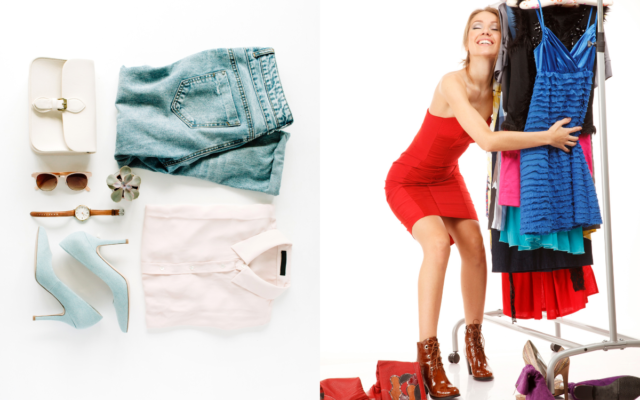Smaller-scale living is on the rise, both for saving money and reducing the stress of too much stuff. Shows, like “Tiny House, Big Living” and “Tidying Up,” have inspired a generation to save and live with less. But before you embark on your less-is-more journey, it’s crucial to understand the differences between minimalism and frugality.
Quality vs Quantity
Fundamentally, minimalism is about reducing the physical quantity of “stuff” in your life. Frugality is about reducing your spending. While these two things can indeed go hand in hand, they can also invoke fundamentally different lifestyles.
Buying in bulk or taking advantage of buy-one-get-one-free sales, for example, are frugal ways to reduce cost per item. Even while saving, you can increase the amount of stuff you’re bringing into your home.
Minimalists, on the other hand, prize quality over quantity. Often, they invest more money into fewer items. In the long term, of course, long-lasting quality items may prove to be more cost-effective than cheap things that frequently need replacing. That long-term perspective is where frugality and minimalism can go together!
Experiences vs Goods

A minimalist often prioritizes experiences over material goods. They’re willing to spend more money on carefully chosen holidays and meals that will fill their lives with joyful experiences, rather than large quantities of bargain-bought goods. When it comes to material goods, they focus on items that will add the most value to their lived experience.
A minimalist might invest in a high-quality mattress, for example, to improve the overall quality of their sleep. A frugal person, on the other hand, might buy whichever mattress is on the best sale.
Long-Term vs Short-Term
Frugality focuses on short-term savings, while minimalism is about the long-term quality of life. These things, of course, do not have to be mutually exclusive.
Frugality in the short term may lead to improved financial stability and quality of life down the line! But penny-pinching in the short-term is not always as budget-friendly as you might think.
Buying low-cost furniture may save some money now, but will take more of a hit on your wallet when you have to replace cheap items. Similarly, taking advantage of sales or free giveaways may be frugal, but can also saddle you with stuff you don’t actually need or want (and then have to get rid of) down the line.
Sometimes it’s better to invest a little more money in high-quality items that will last a lifetime.
Intentionality vs Economy
Intentionality is one big way to define minimalism. The minimalist lifestyle is about being thoughtful and deliberate in deciding which items and experiences to bring into your life. Frugality’s driving principle is economy. It is about spending less.
Adaptable vs Straightforward

Minimalism’s basis in personal value and intentionality means it can look a little different for everyone. What aspects of your life are most important to you, and what brings you the most joy? The answer will be different for everyone, and it is what will ultimately drive their purchase decisions.
Frugality definition, on the other hand, is pretty black and white. Which option costs fewer dollars and cents?
Comfort vs Convenience
Frugality is anti-waste. It can mean holding onto the things you have, even if you don’t use them, because they may be convenient to have down the line.
Minimalism means letting go of the things you don’t need or use to improve your physical and mental comfort. To do this, minimalists often use the 90/90 and 20/20 rules.
The 90/90 rule means if you haven’t used it in the past 90 days and won’t use it in the next 90 days, you can get rid of it. The 20/20 rule means chucking items that may come in handy if you can replace them for less than $20 without going more than 20 minutes out of your way. This minimalist mentality may seem wasteful. However, having less stuff also means less money spent on storage and moving costs.
Value vs Bargain
Minimalism is about buying and holding onto things and experiences that are valuable, both in terms of objective quality and personal meaning. Frugality is all about the dollars and cents of a bargain. It means you might buy something you don’t need, simply because it’s on sale.
But having less stuff of higher quality can help you use and appreciate what you do have more. Bargain clothing finds are more likely to remain unused and forgotten in an overflowing drawer.
Conclusion

Minimalism and frugality don’t have to be mortal enemies. As we’ve said, the quality-driven minimalist choice can often be the best economic value down the line.
There are also rules you can adopt to be both minimal and frugal. The “one-in, one-out” rule, for example, can help you take advantage of those great deals without overwhelming yourself with stuff.
The most important thing is to think about your sensibilities and goals in embarking on a minimalist or frugal lifestyle — preferably before you start Marie Kondo-ing your house.
For ideas, check out our design page and explore some minimalist, quality furniture for your home!

